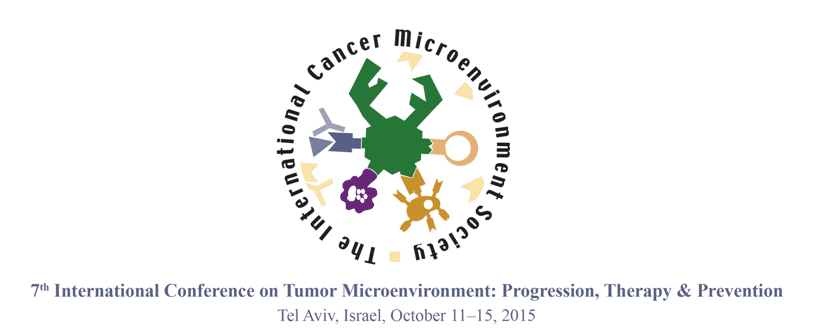
Hypoxic Microenvironment and Tumor Metabolism
2Biomedical Division, Centre Scientifique de Monaco (CSM)
3Centre A lacassagne, IRCAN, University of Nice
In metazoans, sensing the availability of oxygen and key nutrients such as glucose and amino acids is integrated with growth factor and hormone signaling. Therefore, rapidly growing cells have developed sophisticated regulatory systems to rapidly respond to fluctuations in oxygen and nutrients in the microenvironment.
Early on in evolution, oxygen sensing emerged as a central control mechanism of energy metabolism and vasculogenesis. At the heart of this regulatory system are the Hypoxia-Inducible Factors, HIFs, which control the expression of numerous gene products including VEGF-A, Angiopoïetin-2 and Notch-ligand, three key angiogenic factors in vertebrates. This finding has placed the hypoxia-signaling pathway at the forefront of nutritional control. HIF-1 and HIF-2 can also induce a vast array of gene products controlling import of nutrients (GLUT1, LAT1), glycolysis, intracellular pH (pHi), angiogenesis, cell migration and invasion, and so are recognized as strong promoters of tumor growth. It is therefore not surprising that HIF-1 also promotes access to another source of nutrients by inducing via BNIP3 macro-autophagy.
In this presentation we will highlight two anticancer targets induced by HIFs and highly expressed in rapidly growing tumors: the plasma membrane transporters LAT1 (SLC7A5) importing essential amino acids and MCT4 (SLC16A4), a lactate/H+ symporter regulating pHi by efficient lactic acid extrusion. The second target, MCT4, is particularly interesting in the context of this symposium. Lactic acid generated from tumors is emerging as a major metabolite that impacts on the tumor microenvironment not only as a signaling molecule, but also as an acid stressor compromising immune surveillance. Thus an approach that blocks lactic acid export could have a dual effect as an anticancer strategy.
Powered by Eventact EMS